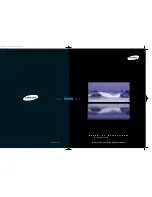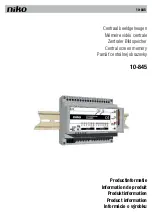
Jzool.com
7
Setting the projection time
You can set the Homestar to project the sky as it would appear at a certain date and time.
However, you should keep in mind that the Homestar is calibrated for Japan and regions with
similar latitudes. If your location is between the latitudes of 30 and 45 degrees North (for
example, the vast majority of the United States) the representation of the sky should be
fairly accurate. * This function does not work with the monochrome star disc.
Projecting the current time
While the unit is projecting, press “Send” (10) to have the unit project the
current time.
Specifying a time without committing it into memory
1.
Press “Projection Time” (7)
2.
Display will blink
3.
Use the “Month” (4), “Day” (5) and “Hr/Min” (6) buttons to set the
projection time.
4.
Select the diurnal motion direction. (8)
5.
Confirm selection (9). Only the “:” on the display should be blinking at this point.
6.
Press “Send” (10) to transfer the settings to the Homestar unit. The projection will
revolve and stop at the corresponding date and time.
Note that the display time will turn back to current time after 3 minutes and whatever projection time
you set will disappear from memory.
Specifying a time and committing it into memory
1.
Press “Projection Time” (7)
2.
Display will blink
3.
Press “Projection Time” (7) again.
4.
The memory placeholder “1” should start blinking.
5.
Press “Confirm” (9)
6.
Display will blink.
7.
Use the “Month” (4), “Day” (5) and “Hr/Min” (6) buttons to set the
projection time.
8.
Select the diurnal motion direction. (8)
9.
Confirm selection (9). At this point the projection time will be committed to memory and
only the “:” on the display should be blinking.
10.
Press “Send” (10) to transfer the settings to the Homestar unit. The projection will
revolve and stop at the corresponding date and time.
You can do the same to set up to four memory slots. To project a certain preset just press (7) until you
have the desire preset then press send (10).




























